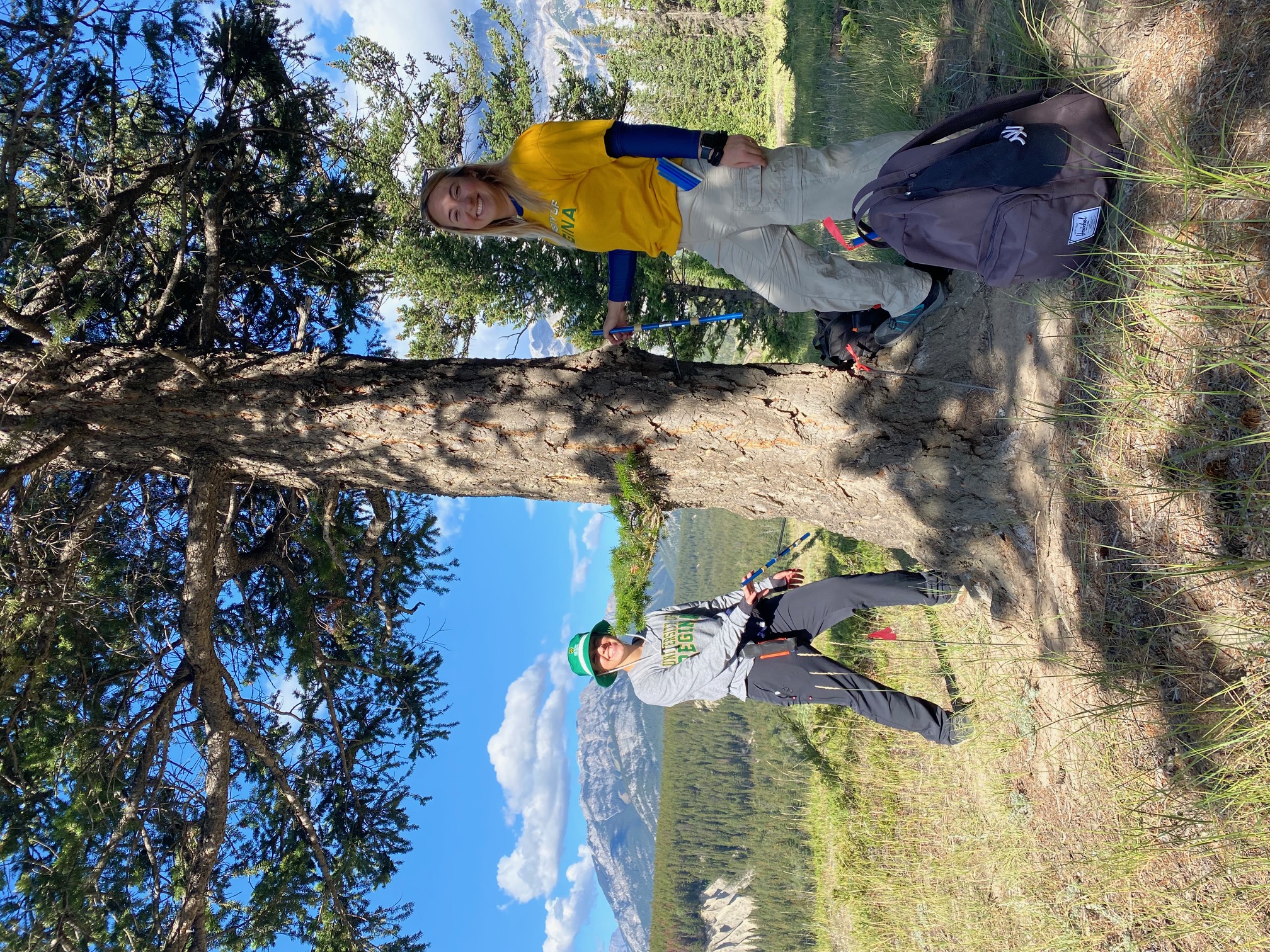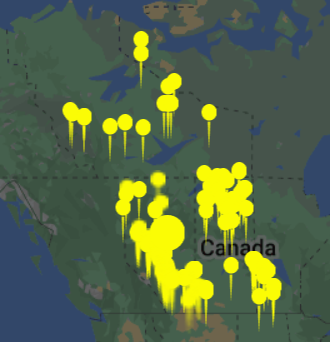TREE-RING LAB
PARC includes the University of Regina Tree-Ring Lab. Our tree-ring data from the Rocky Mountain and northern plains have enabled us to reconstruct the climate and hydrology of the past millennium. This record of long-term natural variability of the regional hydroclimate informs our understanding of projections of future climate, the reference hydrology and climate derived from instrumental records, and conventional water management and planning that assumes a sufficient and stationary water supply.

The PARC Tree-Ring Lab is housed with the Prairie Adaptation Research Collaborative (PARC), a climate change research center at the University of Regina (U of R). Researchers in our lab have built a network of tree-ring chronologies that span the montane, boreal and island forests of Alberta, Saskatchewan, and the Northwest Territories and northern Montana and North Dakota. In this predominantly sub-humid region, in the rainshadow of the Rocky Mountains, annual tree growth is limited mostly by available soil moisture. Thus our moisture-sensitive tree-ring chronologies are proxies of seasonal and annual hydroclimate and hydrology. They have been applied to the reconstruction of precipitation, drought indices, stream flow, and groundwater levels. The inter-annual to multi-decadal variability in hydroclimate recorded by the tree rings informs our understanding of the climate of the western interior, projections of future climate, reference hydrology and climate derived from instrumental records, and conventional water management and planning that assumes a sufficient and stationary water supply.
The dendroclimatology program at the University of Regina was established to build a network of tree-ring chronologies spanning the boreal, montane and island forests east of the Cordillera in the western interior from central Montana through Alberta and Saskatchewan to the NWT. This region is subhumid and we sample at dry sites. Therefore nearly all of our tree-ring width chronologies are moisture sensitive and proxies of precipitation and streamflow for the past millennium. Our tree-ring records capture the timing and duration of drought, the most costly natural hazard in Canada. Since 2000 our Tree-Ring Lab has been hosted by the Prairie Adaptation Research Collaborative, where our reconstructions of hydroclimate are used to inform scenarios of future climate variability and adaptation to address climate change impacts on water supplies.

SAMPLING LOCATIONS

Researchers
in our lab have built a network of tree-ring chronologies that span the
Montane, Boreal and Island forests of Alberta, Saskatchewan, and the Northwest
Territories and Northern Montana and North Dakota.
